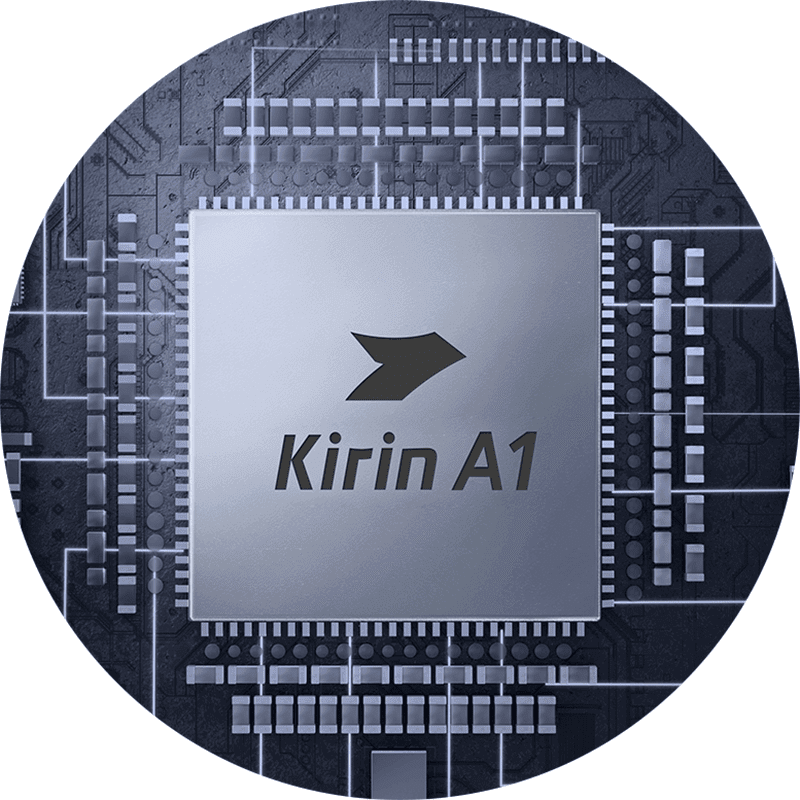With the rapid development of 5G and AI technologies, the era of the IoT (Internet of Thing) is accelerating.
According to the Huawei GCI Report 2025, the number of digital devices per capita in the world will increase from two in 2015 to twenty-five in 2025. That type of rapid growth begs the question: how will consumers make natural and smooth interactions between their increasing number of digital devices?
The answer, of course, lies in instant automatic speech recognition.
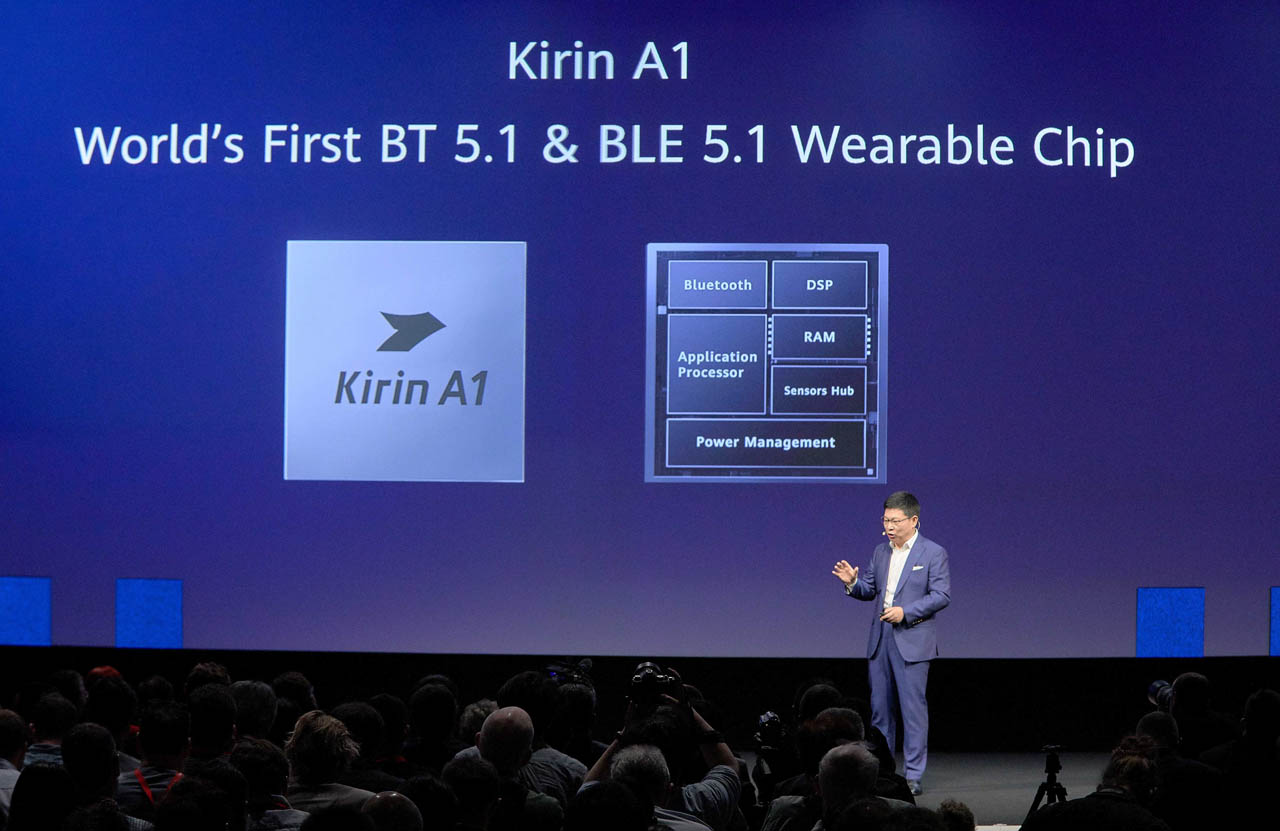
Compared with the touch-based interaction of the mobile internet era, automatic speech recognition can achieve faster receipt and remittance of content. Moreover, speech is a more natural and efficient means of the type of interaction which will play an increasingly important role in the era of Internet of Everything.
As the most convenient and private touch point of interactive voice response, headphones will become an indispensable part of consumers’ life. Stable connection and seamless switching between multiple devices, as well as high-quality audio has become an inevitable trend in the development of the wireless audio industry.
Due to increasing user demand for high-end audio products in the era of full-scenario AI life, Huawei has released the world’s 1st BT 5.1 & BLE 5.1 wearable chip at IFA2019. The Kirin A1 supports TWS (True Wireless Stereo) headsets and wearables and combines five major audio product forms with LiteOS to solve the industry’s pain points on chips and end-to-end systems while providing consumers with a high-end audio experience across all scenarios.
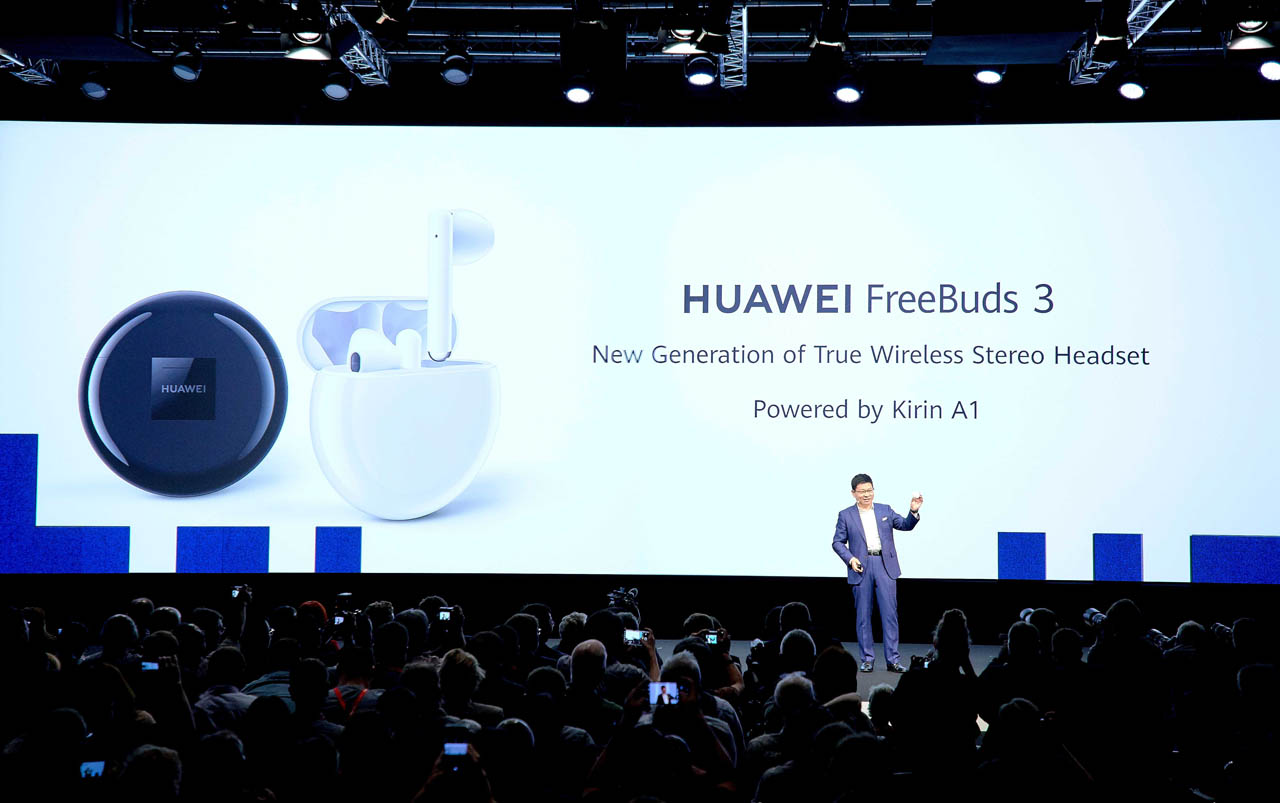
The Kirin A1 chip is the industry’s first BT / BLE dual-mode chip to be certified by the Bluetooth 5.1 standard. It has a highly integrated 3+1 modular architecture: advanced Bluetooth processing unit, powerful audio processing unit, and ultra-low power consumption App processor and a separate power management unit, ensuring an efficient and stable connection experience.
Early TWS headsets were single-channel transmissions, divided into main and secondary headphones. The mobile phone transmits the signals of the left and right channels to the main earphone at the same time, and then the main earphone forwards one of the channels to the secondary earphone. This type of connection has problems such as transmission inefficiency, long delays, connection instability, and large power consumption of the main headphone. The current TWS headset transmission method has been improved: the main headset no longer needs to forward audio signals to the secondary headphones, and the secondary headphones now directly obtain information from the mobile phone. However, signal transmission between the two headphones is still required and there is still some interference when the left and right ears transmit signal through the human body.
Huawei’s self-developed dual-channel synchronous transmission technology can make the left and right earphones directly receive signals from the mobile phone end, avoiding the interference between the two headphones.
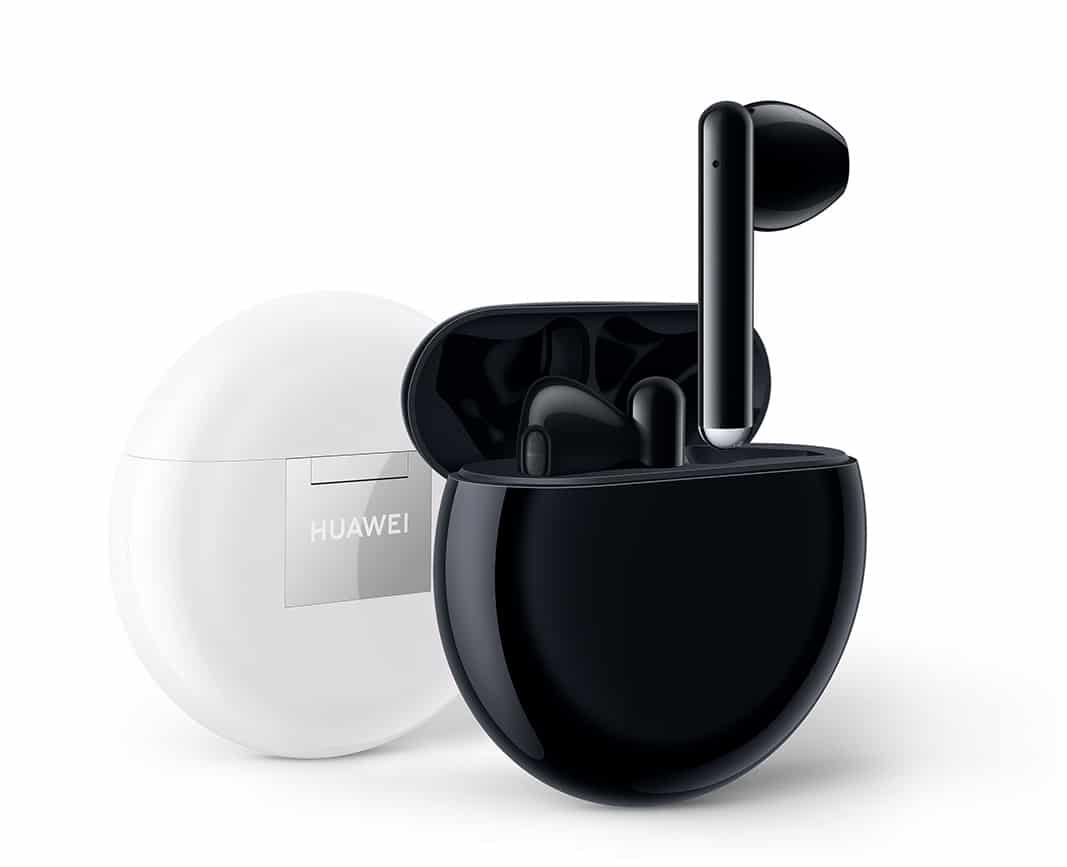
Thanks to this technology, the HUAWEI FreeBuds 3 TWS headset can significantly reduce audio latency during gaming to 190ms (data from Huawei Labs), keeping the game sound and picture synchronized.
Based on Huawei’s new generation Bluetooth channel selection algorithm, taken from the intelligent frequency hopping technology in the communication field, HUAWEI FreeBuds 3 TWS can dynamically identify the frequency band affected by Wi-Fi and hop to an undisturbed channel, quickly adapting to environmental changes, in order to achieve higher anti-interference ability and bring a smooth audio experience even in complex environments such as airports and shopping malls.
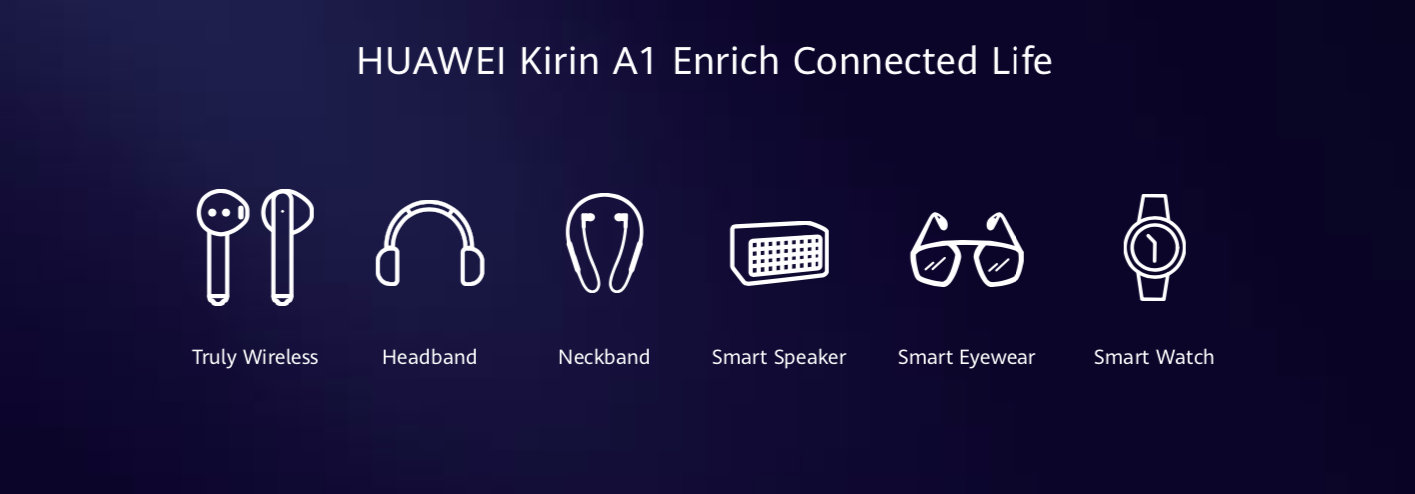
At the same time, the Kirin A1 has a powerful audio processing DSP that supports real-time recognition of noise and ambient sound, creating a high-quality phone call and music experience. Through the accurate 3A noise reduction algorithm, it can effectively weaken the ambient noise and let people hear more clearly. The enhanced speech recognition algorithm allows users to activate the device with their own voice, easily access the AI assistant and achieve fingerless operation.
An operating system plays a critical role in making IoT-based devices smart. Huawei LiteOS, developed by Huawei in 2012, is an IoT-oriented software platform integrating an IoT operating system and middleware. Since its release in 2015, Huawei LiteOS has been widely used in various domains such as Huawei smartphones, personal wearable devices, Smart Home scenarios, urban public services, etc.
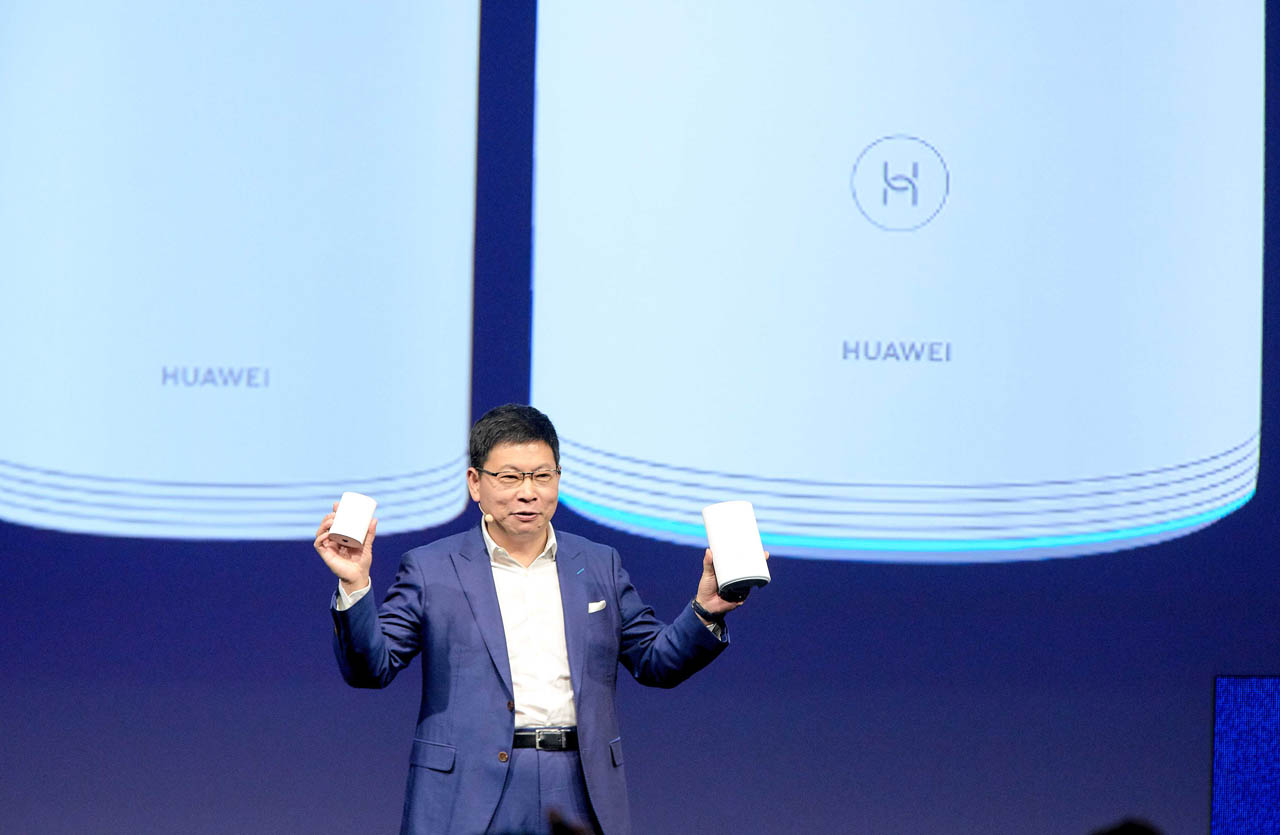
LiteOS is a platform that connects IoT hardware and service applications. It is adaptable to mainstream chips and modules, helping to maximize performance. It can abstract functions of hardware and generate standard interfaces with a wealth of capabilities (such as device-cloud interconnection, low power consumption, sensors, and AI). In addition, it supports a wide range of business scenarios and provides various technical frameworks and SDKs. The HUAWEI Freebuds 3 is equipped with LiteOS, which enables faster connection between multiple Huawei devices.
The Huawei audio strategic map focused on five major audio product categories: True Wireless Stereo earbuds, neckband headsets, smart glasses, Bluetooth speakers, and upcoming headband headsets. Huawei’s first neck-worn Bluetooth headset, HUAWEI FreeLace, is equipped with Huawei’s flash charging technology HiPair, and creates a perfect blend of fashion design and technological innovation.
Huawei and Gentle Monster jointly designed the HUAWEI X GENTLE MONSTER smart glasses to create a smart combination with audio and glasses. The Huawei Bluetooth speaker is not only portable, but also allows for two speakers to be easily paired to form left and right stereo, bringing 360-degree immersive stereo experience, which is the best music companion for family, outdoor and parties.
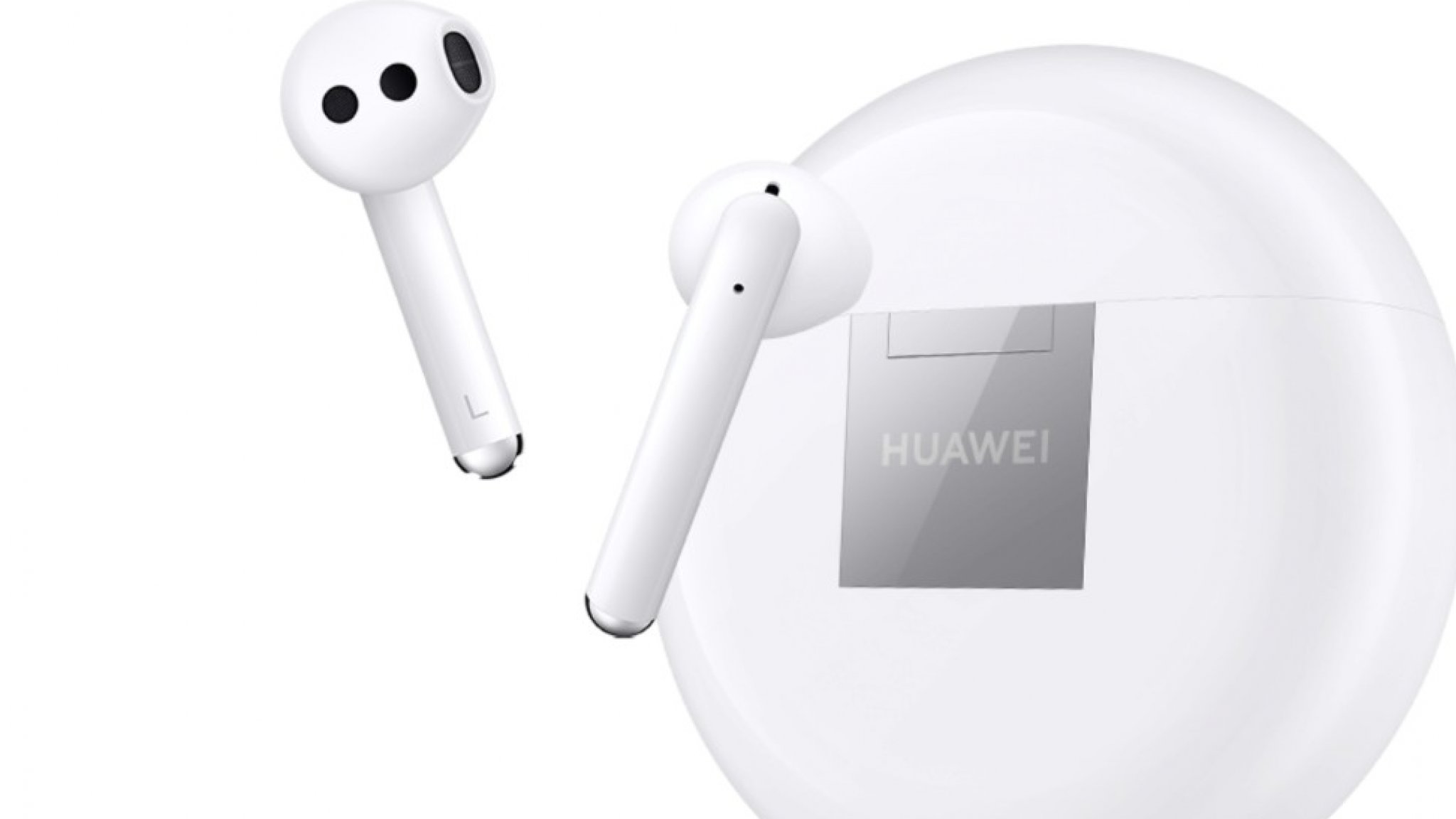
Connecting the future is Huawei’s vision of sustainable development. After 32 years of efforts and persistence, Huawei has become the world’s leading ICT (Information and Communication Technology) infrastructure and smart terminals provider, bringing digital to every person, home and organization for a fully connected, intelligent world.
The full-scenario AI life strategy of Huawei’s consumer business has also taken on the vision of “connection”. Huawei’s carrier business is responsible for the connection of the main pipeline through the optical fiber, 5G and millimeter wave, and the consumer business offers connection to every corner of the user’s life through a variety of terminal products.
Guided by the full-scenario AI life strategy, Huawei’s consumer business has integrated chip, OS and terminal products end-to-end through continuous technological innovation, creating a twenty- four hour high-quality audio experience for consumers. Huawei’s five major audio product categories, taking wireless Bluetooth headsets as the hero product, inherit Huawei’s leading edge in connectivity and bring a seamless full-scenario AI life experience to consumers.
[rns_reactions]

